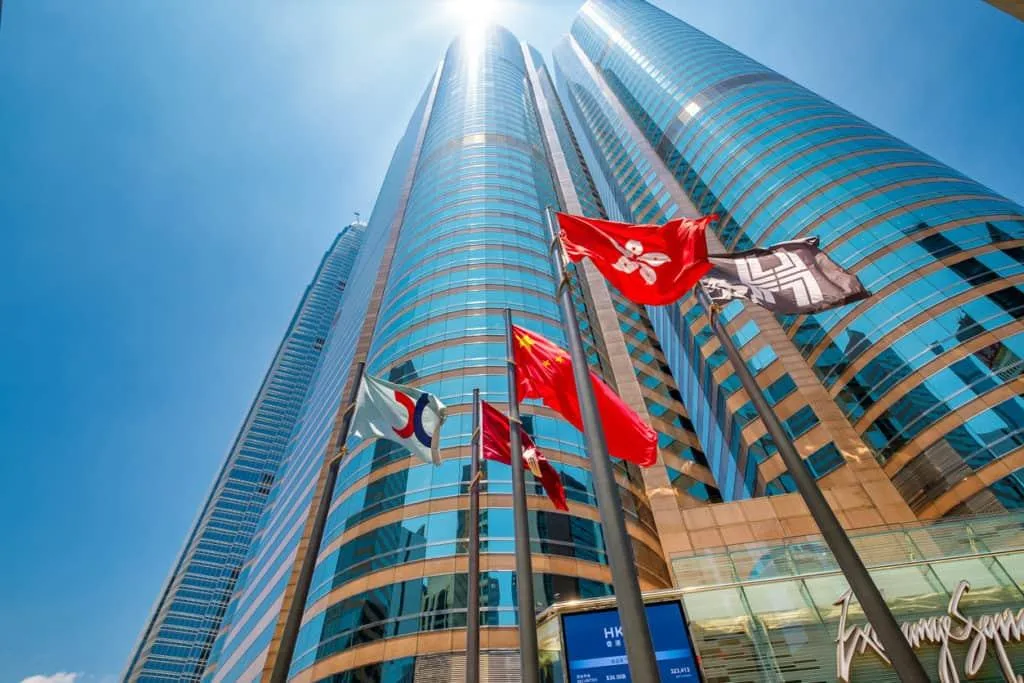Recent Developments in Hong Kong’s Steel Market: Trends, Innovations, and Opportunities

Hong Kong’s steel market is constantly evolving to meet the demands of its thriving construction, infrastructure, and manufacturing sectors. As a city driven by rapid development and modernization, the steel industry plays a crucial role in supporting new projects and maintaining the urban landscape. This article explores the recent developments in Hong Kong’s steel market, highlighting key trends, innovations, and opportunities for growth.
1. Increased Focus on Sustainable Steel Production
One of the most notable developments in Hong Kong’s steel market is the growing emphasis on sustainability. With global concerns about climate change and environmental preservation, the steel industry is being pushed to adopt greener practices. Local manufacturers, such as Shiu Wing Steel, have responded by increasing the production of recycled steel, which reduces energy consumption and minimizes carbon emissions.
The Hong Kong government has also introduced initiatives to promote sustainable construction practices, including the use of eco-friendly materials. These efforts align with international ESG (Environmental, Social, and Governance) standards, encouraging developers to choose steel products with a lower environmental impact. As sustainability becomes a priority, the demand for recycled and green steel is expected to rise, shaping the future of the market.
2. Adoption of Advanced Construction Technologies
Technological advancements are transforming the way steel is used in construction and infrastructure projects in Hong Kong. The adoption of prefabrication and modular construction techniques is gaining momentum, allowing developers to build faster, reduce waste, and lower costs. These methods rely heavily on precision-engineered steel components, which are manufactured offsite and assembled onsite.
In addition, the use of lighter, high-strength steel alloys is becoming more common in high-rise buildings and complex structures. These materials offer superior durability and reduce the overall weight of buildings, making construction more efficient and cost-effective. As Hong Kong continues to innovate in its approach to urban development, these advanced technologies will play a key role in shaping the steel market.
3. Infrastructure Expansion and Steel Demand
Hong Kong’s ongoing infrastructure expansion is another major driver of the steel market. Large-scale projects like the development of the Greater Bay Area, the construction of new residential and commercial complexes, and the expansion of the MTR network are creating significant demand for steel.
The Greater Bay Area initiative, in particular, has opened up new opportunities for cross-border collaboration and investment, boosting the need for steel products. This surge in demand is likely to continue in the coming years as Hong Kong solidifies its position as a hub for trade, finance, and technology within the region.
4. Fluctuating Steel Prices and Global Supply Chain Disruptions
The global steel market has experienced significant fluctuations in recent years due to factors such as raw material shortages, trade tensions, and supply chain disruptions. Hong Kong, which relies heavily on imported steel, has been impacted by these global trends. In particular, the COVID-19 pandemic led to delays in shipping and increased transportation costs, driving up the price of steel.
While prices have stabilized to some extent, ongoing geopolitical tensions and trade policies continue to influence steel availability and pricing. For developers and contractors in Hong Kong, managing these fluctuations is critical to maintaining project timelines and budgets.
5. Growing Demand for High-Quality Steel
As Hong Kong’s skyline becomes more iconic and complex, there is an increasing demand for high-quality steel that meets strict safety and durability standards. The city’s construction industry, known for its high-rise buildings and advanced infrastructure, requires steel products that can withstand extreme weather conditions and ensure long-term structural integrity.
In response to this demand, both local and international suppliers are focusing on producing high-grade steel that meets Hong Kong’s rigorous building codes. This trend is expected to drive further innovation in steel production and sourcing, with an emphasis on quality and reliability.
6. Government Support for Industry Growth
The Hong Kong government continues to play a pivotal role in supporting the growth of the steel market. Through infrastructure investment, regulatory frameworks, and sustainability initiatives, the government is helping to create a favorable environment for the steel industry to thrive. Recent policies aimed at promoting smart city development and green building practices have encouraged the use of steel in modern construction.
Additionally, the government’s focus on urban renewal and land reclamation projects will further boost steel demand, providing opportunities for both local manufacturers and international suppliers to expand their presence in the market.
7. Outlook for the Future of Hong Kong’s Steel Market
Looking ahead, Hong Kong’s steel market is poised for continued growth and transformation. The city’s commitment to infrastructure expansion, coupled with its focus on sustainability and innovation, will drive demand for high-quality, environmentally friendly steel products. However, challenges such as global price volatility and supply chain disruptions will require industry stakeholders to remain agile and adaptable.
By embracing new technologies and sustainable practices, Hong Kong’s steel industry is well-positioned to meet the needs of a rapidly evolving urban landscape. As the city continues to grow and modernize, the steel market will play an essential role in shaping its future.



